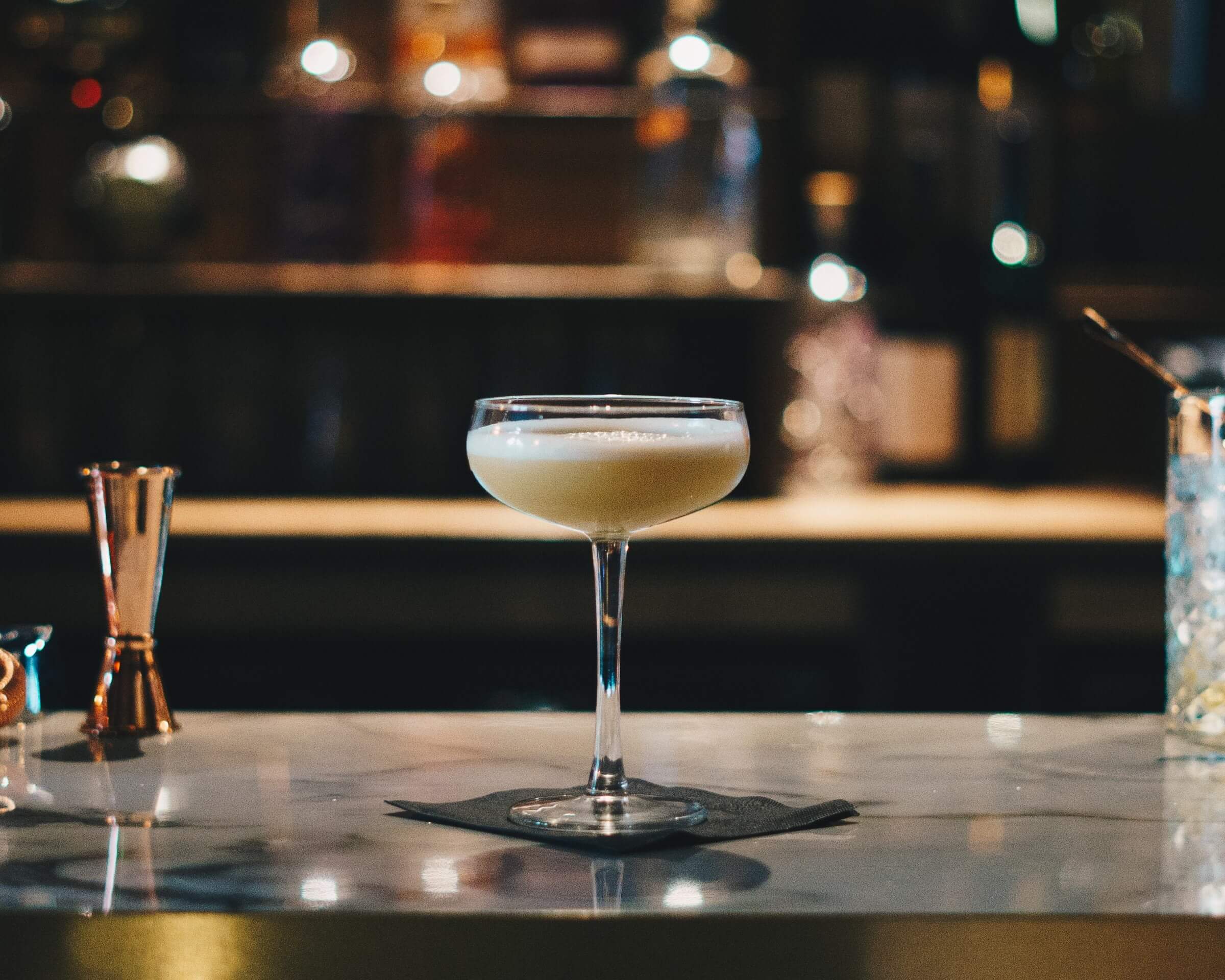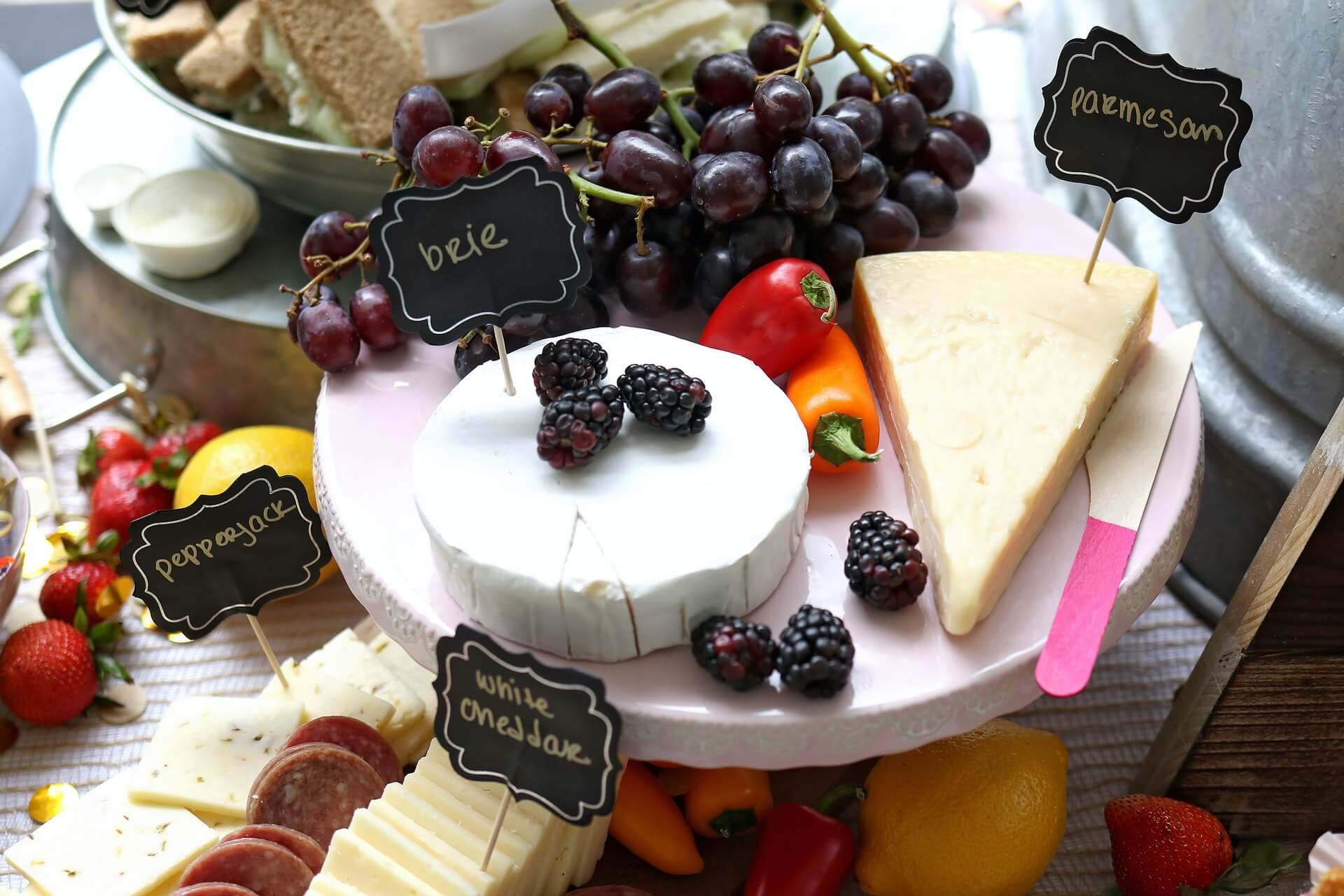Blasphemy! National Scotch Day Cocktails
by David Klemt

Psst! Don’t tell the purists but this article encourages the adulteration of Scotch by combining it with other ingredients to make *gasp!* cocktails.
Now, I jest…mostly. To be fair, I don’t often encounter purists who scoff or outright lost their minds if someone doesn’t enjoy their favorite spirit neat. However, it does happen every now and again. Seriously, it shouldn’t really matter how someone decides to order and enjoy their drinks. Want to order Johnnie Walker Blue Label with soda? Go for it.
So, below you’ll find cocktails rather than bottles for National Scotch Day. Sure, you can contact your reps, incur costs, and bring in some boast-worthy bottles. However, you can also spotlight what you already have on hand with revenue-generating Scotch cocktails.
No, you won’t find Scoch & Soda or the Rusty Nail among the recipes below. I would hope you and your bar team already have those down since they’re essentially two-ingredient drinks.
Also, I’ll award bonus points to anyone who locks eyes with a Scotch snob as they gulp down a Glenmorangie Signet Penicillin. Sure, that’s petty of me; it’s also fun. What are the bonus points good for? Hey, why are you asking so many questions?
A quick note: If you’d rather go with food on this holiday, check out our Scotch and cheese pairing article.
Penicillin
So, I’m going to start with my personal favorite Scotch cocktail. If you’re a KRG Hospitality regular, you already know this is one of my favorite drinks in general.
This is a modern-day classic—the Penicillin dates all the way back to the early 2000s. Operator, bartender, and cocktail creator calls for two types of Scotch to make this delectable drink.
- 2 oz. Blended Scotch
- 0.75 oz. Lemon juice, freshly squeezed
- 0.75 oz. Honey-ginger syrup (1 cup honey, 1 cup water, 1 6-inch bit of peeled and thin-sliced ginger)
- 0.25 oz. Peaty Islay Scotch to float
- Candied ginger to garnish
Prepare a rocks glass with ice. Add first three ingredients to a shaker with ice, and shake until well chilled. Strain into the rocks glass and float Islay Scotch on top. Then, garnish and present.
For the syrup: Combine syrup ingredients in a saucepan and bring to boil. Reduce, simmer for five minutes, and set aside overnight in refrigerator. The next day, strain through cheesecloth.
Rob Roy
If you want to be flippant about it, the Rob Roy is a Scotch Manhattan. Of course, it’s easy to make that argument as cocktail historians believe the Rob Roy is an homage. At any rate, both are true classics, dating back to the late 1800s.
One of the fun elements of the Rob Roy is creating a signature version. Obviously, the Scotch and vermouth selection will impact the flavors of this drink. So, come up with a combination all your own to make this one of your bar’s specialties.
- 2 oz. Scotch
- 0.75 oz. Vermouth (equal parts sweet and dry vermouths to make a Perfect Rob Roy)
- 0.75 oz. Angostura Bitters
- Brandied cherries to garnish
You’ll want to ensure you have chilled cocktail or Nick & Nora glasses on hand before starting this build. Combine the first three ingredients in a mixing glass with ice. Stir unti well chilled and strain into chilled glass. Spear cherries, garnish, and serve.
Bobby Burns
Interestingly, some believe this cocktail is a riff on the Rob Roy. So, why not have Rob and Bobby on your National Scotch Day drink menu?
Now, the drinks are similar, but the flavor profiles are vastly different. After all, the ratio of Scotch to vermouth is 1:1, and the recipe uses Bénédictine rather than bitters.
- 1 oz. Blended Scotch (supposedly, this should be at least 12 years old)
- 1 oz. Sweet vermouth
- 0.5 oz. Bénédictine
- Lemon peel to garnish
Of course, this is where the argument that the Bobby Burns is a version of the Rob Roy gets stronger. See the build instructions for the Rob Roy above? Do the same, but garnish with a lemon peel.
Blood & Sand
Oddly enough, we don’t know the creator of this drink. We do know it appears in Harry Craddock’s The Savoy Cocktail Book, published in 1930. However, we don’t know for certain that he’s the inventor.
At any rate, we do know this 1:1:1:1 cocktail is delicious and a hit with whiskey fans.
- 0.75 oz. Scotch
- 0.75 oz. Cherry Heering
- 0.75 oz. Orange juice, freshly squeezed
- 0.75 oz. Sweet vermouth
- Orange peel to garnish
Again, make sure you have chilled glassware to build this cocktail. In this case, coupes and cocktails. Combine all ingredients but the garnish in a cocktail shaker with ice and shake well. Next, strain into the glass, then garnish and present.
Rusty Compass
So, this build is a bit different from the others in that it calls for a particular Scotch and two specific liqueurs. Also, this one is bold as the Scotch you’ll use is rather powerful.
Obviously, this is a bit like a Rusty Nail, so you shouldn’t have any trouble with the recipe.
- 2 oz. Compass Box The Peat Monster
- 01.75 oz. Drambuie (for making Rusty Nails, too)
- 0.5 oz. Cherry Heering (which you have on hand for making Blood & Sands)
- Orange twist to garnish
As you’re probably already guessing, you combine all the ingredients but the garnish in a shaker with ice for this build. Shake it, strain it, and garnish it. Oh, and you’ll want to present this in a coupe.



